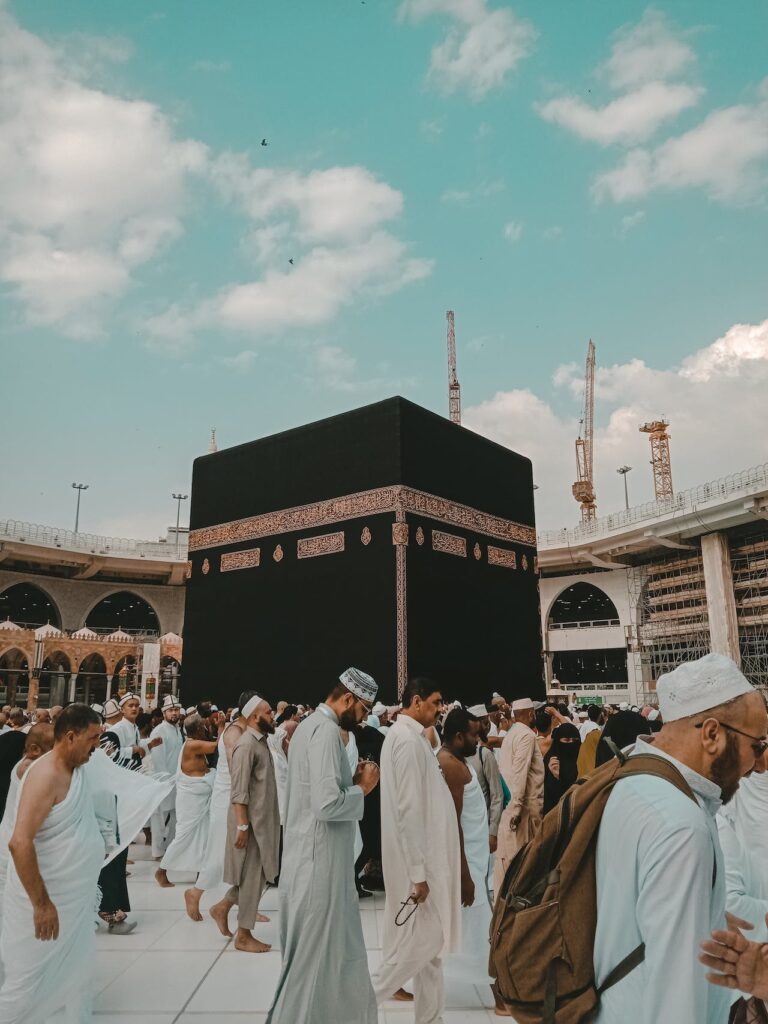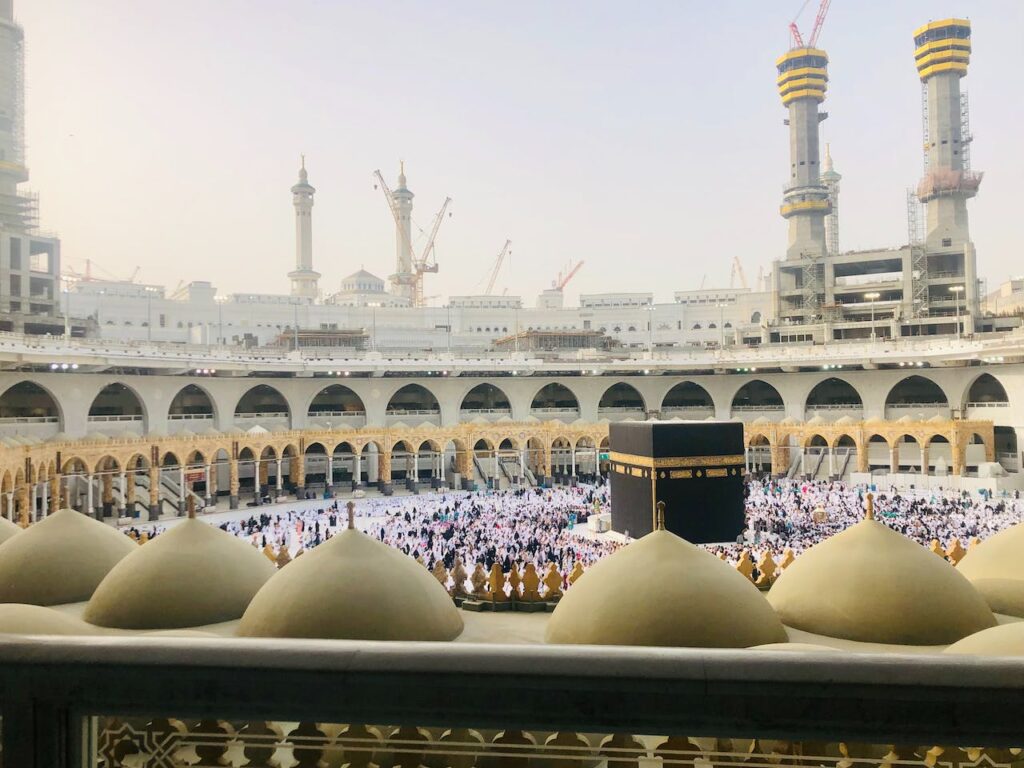Among the many mysteries and complexities that surround the Islamic pilgrimage, one question that often arises is concerning the ritual of Tawaf. How many rounds are there in Tawaf without Umrah? This question, however simple it may seem, is actually a doorway into understanding the rich tradition and spiritual significance of Tawaf. So, let’s embark on this journey of discovery together.
Understanding Tawaf
Tawaf is a ritual performed by Muslims during Hajj and Umrah, where they circumambulate the Kaaba, the most sacred site in Islam, seven times. The pilgrims move in a counter-clockwise direction, starting from the Black Stone (al-Hajar al-Aswad). This ritual is a testament to the unity, equality, and brotherhood that Islam promotes.
Every round in the Tawaf is not just a physical movement but a spiritual journey. Each round symbolizes the believer’s transition from one stage of life to another, ultimately leading toward spiritual growth and enlightenment.
Tawaf Without Umrah
While Tawaf is typically associated with the performance of Umrah or Hajj, there are situations where individuals may perform Tawaf independently without engaging in Umrah.
For example, someone who is in Mecca for a specific purpose, such as business or personal matters, may choose to perform Tawaf as an act of devotion during their stay.
Tawaf Without Umrah: How Many Rounds?
Now, to answer the question at hand – how many rounds are there in Tawaf without Umrah? Technically, Tawaf can be performed independently of Umrah. In this case, the number of rounds remains the same, that is, seven rounds. This is because the number of rounds in Tawaf is not dependent on whether it is coupled with Umrah or not. While the standard practice is to complete seven rounds,
it is important to note that there are no specific restrictions on the number of additional rounds that individuals can perform voluntarily.
Some individuals may choose to perform extra rounds as a form of voluntary worship, seeking additional blessings and closeness to Allah. Or even can perform less than seven rounds.
Regardless of the reason behind performing Tawaf without Umrah, the number of rounds remains consistent.
Key Takeaways
- Tawaf is a significant ritual in the Islamic pilgrimage that involves circumambulating the Kaaba seven times.
- Each round in Tawaf symbolizes a spiritual journey and transition.
- Whether performed with or without Umrah, the number of rounds in Tawaf remains the same, that is, seven.
FAQs
Q: What is the purpose of Tawaf?
A: The purpose of Tawaf is to commemorate the unity, equality, and brotherhood of Islam. It is also a spiritual journey symbolizing a believer’s transition through various stages of life.
Q: Can Tawaf be performed independently of Umrah?
A: Yes, Tawaf can be performed independently of Umrah. In such a case, the number of rounds remains the same, that is, seven.
Q: Can Tawaf be performed without engaging in Umrah or Hajj?
A: Yes, Tawaf can be performed independently without engaging in Umrah or Hajj.
Q: What is the significance of completing seven rounds during Tawaf?
A: The completion of seven rounds during Tawaf holds great symbolism
It is a demonstration of devotion and the collective worship of Muslims worldwide.
Q: Can I perform extra rounds of Tawaf voluntarily?
A: Yes, there are no specific restrictions on performing additional rounds of Tawaf voluntarily. Some individuals may choose to perform extra rounds as a form of voluntary worship, seeking additional blessings and spiritual connection with Allah.
Read More about this Fatwa: Ruling on Performing Voluntary Tawaf for Less than Seven Times
Conclusion
In conclusion, Understanding the ritual of Tawaf opens up a deeper understanding and appreciation for the Islamic pilgrimage. Whether it’s performed with or without Umrah, the number of rounds in Tawaf remains seven, each round symbolizing a profound spiritual journey. It is a testament to the unity and brotherhood that Islam promotes, a powerful reminder of the spiritual growth and enlightenment that every believer seeks.






